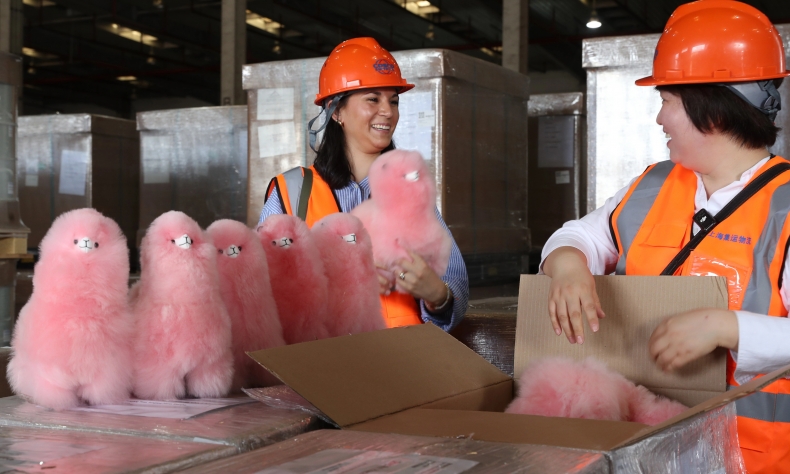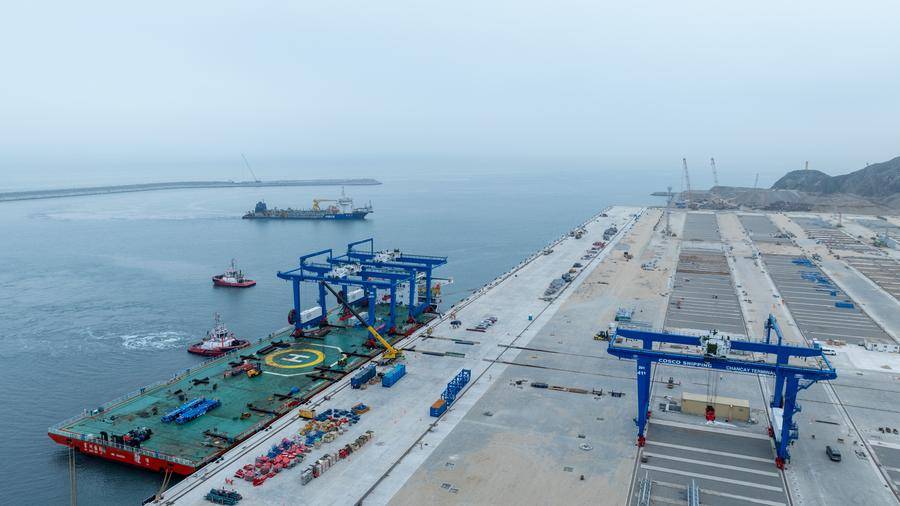A Legacy of Friendship and Growth

China and Peru benefit from a wide range of cooperation mechanisms.
China and Peru share a long history of cooperation and mutual respect that spans more than 50 years of diplomatic relations and over 170 years of cultural exchange through migration. Their longstanding friendship has strengthened over the recent decades, with economic and strategic partnerships evolving in parallel.
Since the early 1970s, China and Peru have built a solid foundation of economic and commercial collaboration. In the 1990s, Peru became one of the first destinations for Chinese outbound investment in South America, especially in the mining sector. The early 2000s saw a surge in bilateral trade, spurred by China’s entry into the World Trade Organization in 2001. In 2009, Peru took a major step forward by signing a free trade agreement with China, becoming the third country in the region to do so, following Chile and Costa Rica. This agreement, implemented in 2010, quickly bore fruit, with China emerging as Peru’s top trading partner by 2014.
Today, China and Peru benefit from a wide range of cooperation mechanisms. In 2013, both countries elevated their relationship to a comprehensive strategic partnership, underlining a high level of mutual understanding and collaboration. Peru is also an active participant in the Belt and Road Initiative (a China-proposed initiative to boost connectivity along and beyond the ancient Silk Road routes—Ed.), and a member of the Asian Infrastructure Investment Bank (a China-initiated multilateral development bank to finance infrastructure for tomorrow in Asia and beyond—Ed.), aligning with some of China’s most important international initiatives.
Peru plays a big part in China’s agricultural imports, being a major supplier of fruits and vegetables. It is a leading exporter of avocados, blueberries, grapes, mandarins and mangoes to the Chinese market.

Additionally, Peru ranks as the second largest destination for Chinese investments in Latin America, with funds primarily directed toward mining, energy, banking, logistics, infrastructure and technology sectors. According to the Center for China and Asia-Pacific Studies at the Universidad del Pacífico in Peru, the country now boasts over 200 registered Chinese companies, with their presence growing steadily year by year.
Chinese President Xi Jinping will visit Peru for the Asia-Pacific Economic Cooperation (APEC) meetings, which will unfold from November 9 to 16. During his visit, he is scheduled to inaugurate the Port of Chancay, a landmark infrastructure project aimed at transforming trade dynamics between South America and Asia.
The port is a collaborative effort between Chinese company COSCO Shipping Ports and prominent Peruvian mining company Volcan Compañía Minera. With an investment of $3 billion, this multipurpose port, located 80 km north of Peru’s capital of Lima, is set to become a major hub in regional and intercontinental trade.
The port aspires to become the most advanced port infrastructure project in South America, using cutting-edge technology such as autonomous transport systems and high-capacity cranes. Additionally, it will be equipped to handle the largest cargo ships in the world and establish a direct trade route to Asia, reducing transportation time by some 10 to 12 days. This will in turn enhance the competitiveness of trade between two continents. The project stands as a testament to the future of the Peru-China relationship—a future interconnected and driven by technology for greater efficiency.
As the bond between both nations strengthens, we must underscore the importance of people-to-people exchange. Through cultural exchange, education and mutual learning with a sense of responsibility, we can ensure that future generations continue this successful story of collaboration and friendship.
The author is deputy director of the Center for China and Asia-Pacific Studies at the Universidad del Pacífico in Peru.
 Facebook
Facebook
 Twitter
Twitter
 Linkedin
Linkedin
 Google +
Google +










